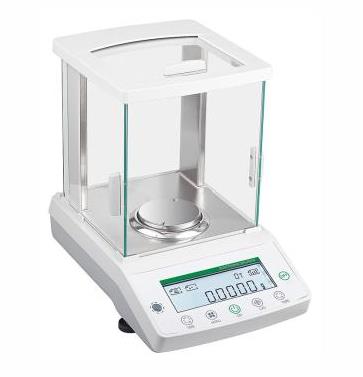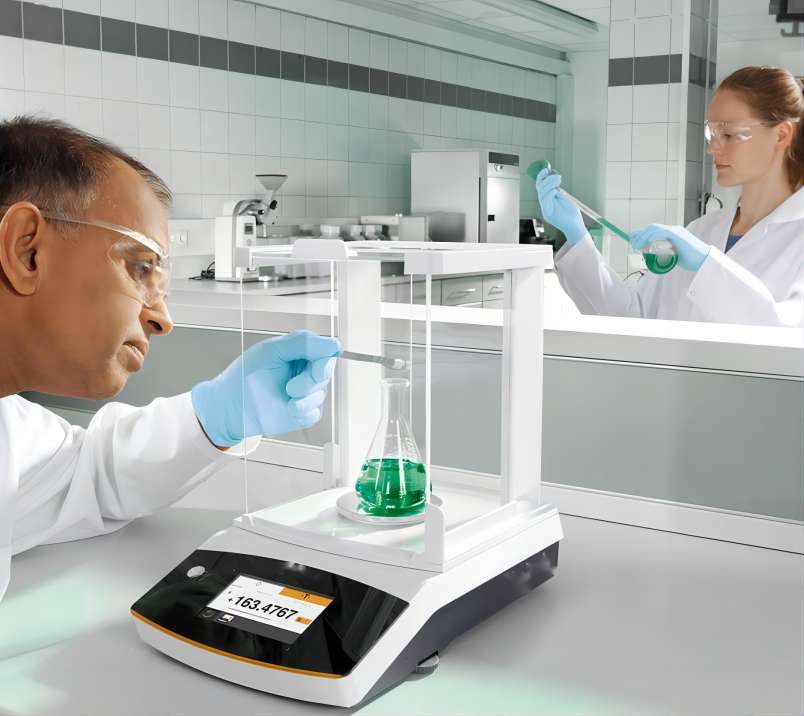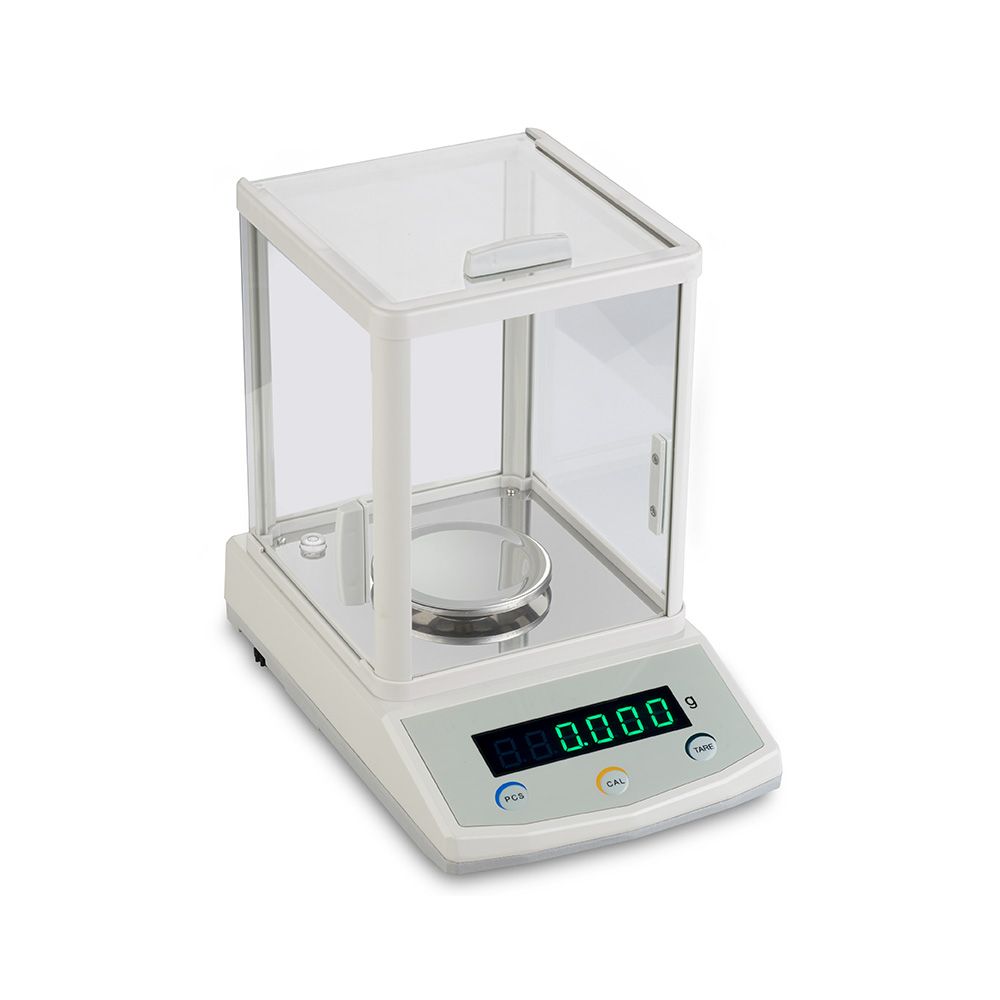In the delicate dance of scientific inquiry, where accuracy reigns supreme and the slightest deviation can sway the interpretation of entire experiments, precision balances stand as steadfast partners. These intricate instruments, often shrouded in the sterilized confines of laboratories and research facilities, are the unsung heroes of countless discoveries and technological advancements. But what exactly are these enigmatic devices, and why do they hold such crucial significance in the pursuit of knowledge?

What is a Precision Balance?
At its core, a precision balance is a highly accurate weighing instrument capable of measuring mass with remarkable precision. Unlike its more pedestrian cousin, the bathroom scale, a precision balance can discern differences as minute as thousandths or even millionths of a gram. This exceptional level of sensitivity makes them indispensable in numerous fields, ranging from analytical chemistry and pharmaceutical research to environmental studies and industrial quality control.
Dissecting the Mechanism
The inner workings of a precision balance are a fascinating interplay of physics and engineering. Unlike traditional scales that rely on springs or levers, precision balances utilize a technology called electromagnetic force compensation. In this method, a sample placed on the pan disrupts the balance of an electromagnetic field, creating a force that is counteracted by the instrument itself. The amount of force required to restore equilibrium is then translated into a precise measurement of the sample’s mass.
Do We Need Precision Balance for Normal Tests?
The answer, as with most scientific inquiries, is nuanced. For routine tasks like measuring ingredients in a recipe or weighing luggage for travel, a standard bathroom scale would suffice. However, when the stakes are high, and accuracy is paramount, a precision balance becomes an invaluable tool.
Consider a medical laboratory where precise dosages of drugs are crucial for patient well-being. Even a slight miscalculation could have dire consequences. In such scenarios, the minute accuracy of a precision balance ensures the safety and efficacy of treatment plans.
Similarly, in environmental research, understanding trace levels of pollutants in water or soil samples is critical for monitoring environmental health. A precision balance allows researchers to accurately quantify these minute concentrations, providing vital data for pollution control and environmental remediation efforts.
Choosing the Right Tool for the Job
Selecting the right precision balance for your specific needs requires careful consideration of several factors. These include:
- Capacity: Consider the maximum weight you expect to measure. Precision balances typically have capacities ranging from a few grams to several kilograms.
- Readability: Choose the smallest increment you need to measure. Common readability options include 0.1mg, 1mg, and 10mg.
- Calibration: Ensure the balance can be calibrated regularly to maintain its accuracy.
- Environmental factors: Consider external factors like temperature and vibrations that could affect the balance’s performance.
Additional Features:
Modern precision balances come equipped with various advanced features that enhance user experience and data integrity. These include:
- Automatic calibration: Saves time and ensures accuracy.
- Data recording and transfer: Allows seamless integration with laboratory software for analysis and record keeping.
- Interface options: Touch screens and keypad interfaces offer user-friendly operation.

A Balancing Act
Precision balances are not merely instruments for measuring weight; they are partners in scientific discovery, ensuring the integrity of data and the reliability of results. Their meticulous accuracy underpins countless fields of research, from unraveling the mysteries of life to safeguarding the environment we inhabit. In a world where knowledge is power, precision balances stand as silent guardians, ensuring that our understanding of the universe rests on a foundation of unwavering accuracy.
Beyond the Weighing Pan
The applications of precision balances extend far beyond the realm of scientific research. In industries like manufacturing and jewelry making, where minute discrepancies can translate into significant losses, precision balances play a crucial role in maintaining quality control and ensuring product consistency.
Even in our everyday lives, the influence of precision balances can be felt. The accuracy of our pharmacy medications, the precise calibration of our measuring cups in baking, and the meticulous weighing of precious metals in the jewelry trade – all owe a debt of gratitude to these unsung heroes of the weighing world.
The Future of Precision
As technology continues to evolve, the capabilities of precision balances are expected to expand further. Miniaturization efforts promise to create even more compact and portable instruments, while advancements in sensor technology may enable real-time measurement of dynamic processes.

In conclusion, precision balances are more than just instruments; they are symbols of scientific rigor and the pursuit of absolute accuracy. Their delicate dance with mass reveals the intricate beauty of the universe and empowers us to unravel its mysteries with increasing precision. As we continue to push the boundaries of knowledge, the unwavering accuracy of these silent partners will remain an indispensable cornerstone of scientific progress.

